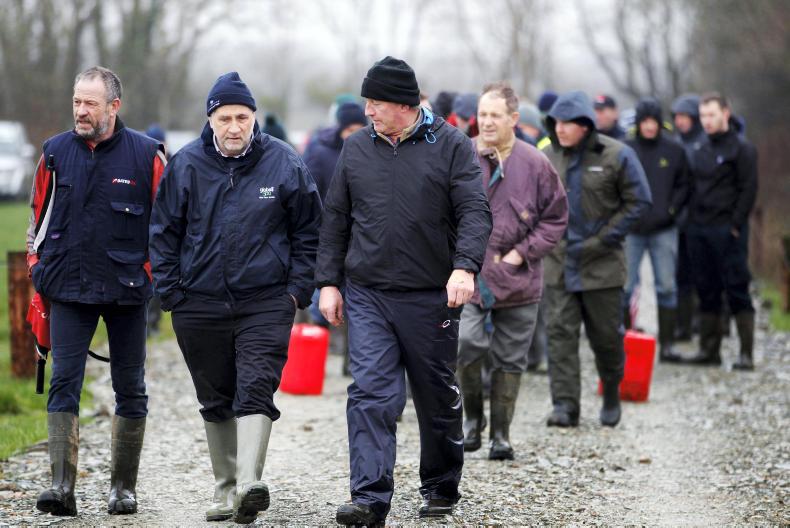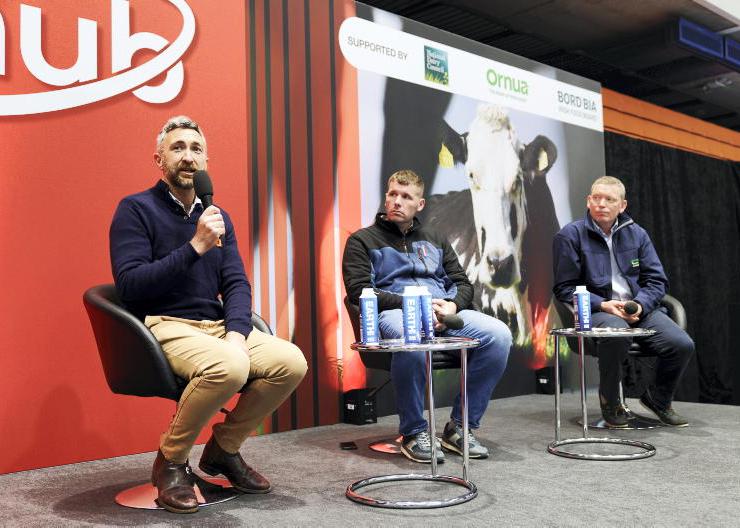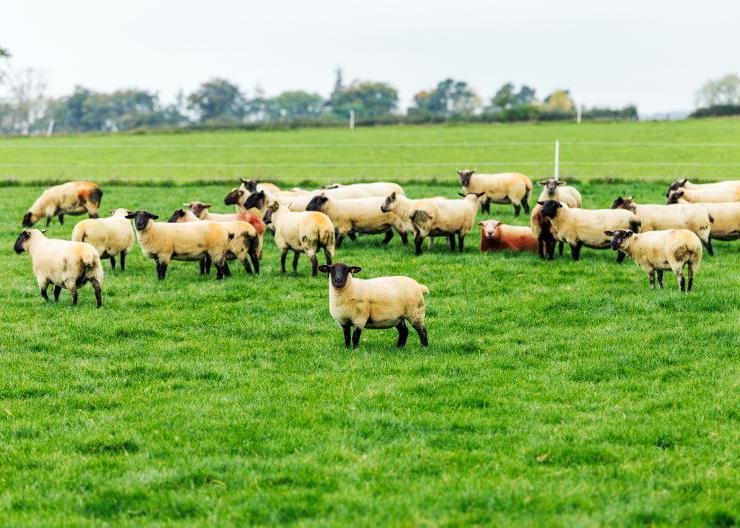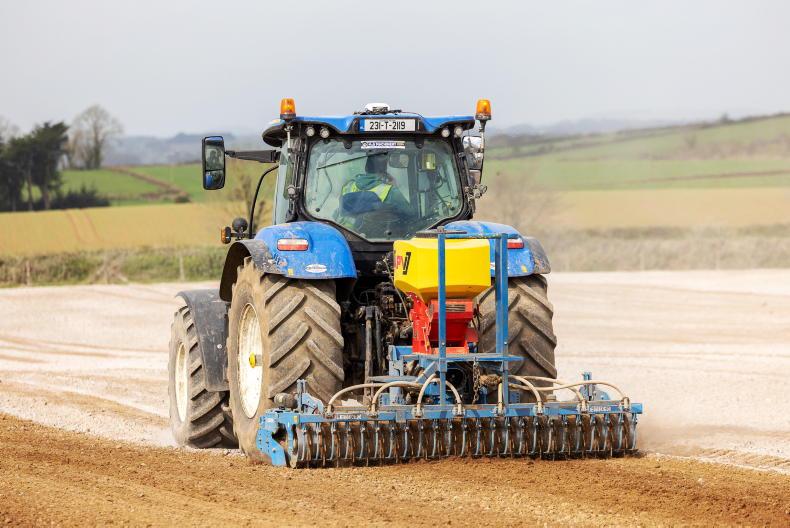It’s a testament to the grass-based system that not much has changed in terms of policy around managing grass in spring since the last series of walks 12 months ago. The ultimate objective of managing grass in spring is to grow lots of it, feed lots of it and set the farm up to grow lots of it over the coming year.
Michael Doran’s 80ha milking block in Duncormick, Co Wexford, is split in two, with 52ha around the milking parlour and 28ha 300m up a public road. The Dorans plan to milk 230 cows this year, with the 52ha used as the main grazing block, but they will need to graze the land up the road at least twice, in spring and in autumn, with silage cut off it in between.
Because the stocking rate is high at 3cows/ha, Michael closed up the farm at a high closing cover of 750kg/ha on 3 December. Average grass growth over the winter was an exceptionally high 10kg/day on average, so opening cover is 1,119kg of grass.
This means that across the 80ha, there is almost 90t dry matter of exceptionally high-quality feed already on the farm. The farm grew 30t of grass dry matter over the winter when the cows were housed – an excellent return on Michael’s investment in land, grass seeds and soil fertility.
The next step for Michael is to keep growing grass. On 13 January he spread the whole farm with 30kg/ha of urea (23 units/acre). Since then he has also spread about 22% of the farm with 3,500 gallons/acre of slurry. He said he would have spread more of the farm but was limited on where he could go with slurry as grass covers are high.
Return from spreading
Richard O’Brien from Teagasc said that the return from spreading the nitrogen will be at least 10:1, so for every kg of nitrogen spread an extra 10kg of grass will be grown between now and the end of March. For Michael, this equates to an extra 24t of grass grown across the milking block, or 300kg/ha.
The next challenge for Michael is to graze it. Luckily for him, most of his farm is dry and relatively free-draining. But the farm is still well set up for spring grazing, with lots of roadways, and the first field the cows are going into has seven access points.
“Getting the allocation right is crucial. The mistake we made when we started dairying was that we way over-allocated grass. Cows in early lactation eat very little so we only allocate them a small amount of grass and make them graze it out well. We will routinely graze down to 3cm in spring when conditions allow. While we might take a slight hit on yield, the resultant grass quality is excellent and we grow more of it, which means we can carry a high stocking rate,” Michael says.
With so much grass around this spring, some farmers were asking what to do with the high covers. The advice from Teagasc adviser Catherine Colfer was to spread nitrogen on the high covers to keep them growing and to graze them in the latter half of February when there are more cows calved with bigger demand so you get through them faster.
Brian McCarthy from Moorepark said that there is no difference in quality between high and low covers.
“Regardless of whether there is 1,500kg or 2,500kg in the sward, the feeding value is the same at about 80% DMD right up to mid-March. Quality does deteriorate after mid-March so the message is to get these covers grazed and back growing by early March,” Brian said.


















SHARING OPTIONS